In Libya, for example, education is free and compulsory between the ages of 6 and 15. However, due to the nine-year civil war, most schools remain closed as they are located in the line of fire, depriving thousands of children of getting the education they deserve.
With the emergence and growing number of Covid-19 pandemic infections, another hurdle is placed between the children and their education.
There is an acute lack of treatment and testing facilities in such war-torn countries to make things worse.
In Moslem culture, children learn to pray five times a day, and they are required to cleanse themselves hygienically each time. But what happens if there are no water outlets to perform this ritual? What about plain simple drinking water?
A United Nations report was released as countries wrestle when and how to safely open schools. The report estimates that 43 percent of schools around the world don't have access to water and soap for basic hand-washing.
In places where the schools remained open, were the educational institutions equipped to provide all the hygiene facilities amid the pandemic for children to continue learning? Should parents be concerned about entrusting their children to the educational system?
Covid-19 pandemic has created the largest disruption of education systems in history, affecting nearly 1.6 billion learners in more than 190 countries, according to an August UN report titled "Education during Covid-19 and beyond". The closure of schools and other learning centers has impacted 94 percent of the world's student population, up to 99 percent in low and lower-middle-income countries.
Over 100 countries around the world have yet to announce dates for opening schools. In a typical year, nearly two-thirds of schoolchildren in the world return to their classrooms by the end of August. But this year is anything but typical.
British Prime Minister Boris Johnson announced early August that reopening schools in September was a social, economic, and moral imperative and insisted they would be able to operate safely despite the ongoing threat from the pandemic.
Schools in England closed in March during a national lockdown, except for the children of key workers, and opened in June for a small number of pupils.
The economic costs for parents who cannot work if schools are shut are spiraling, and the country faces big problems if children miss out on education, Johnson warned.
In Ontario, Canada, the city of Hamilton announced mandatory masks, smaller class sizes, and staggered reopening schedules for back-to-school plans.
Educational Board of Iran mandates that schools schedule the academic year's opening on September 5 (15 Shahrivar). This year, the locations are divided into red, yellow, and white zones, depending on the infection rate severity.
As far as the community schools in Tehran, most of them, including Pakistan Embassy International School & College, Indian Kendriya Vidyalaya School, and others, are conducting online virtual classes and distance learning for the time being.
Another major reason for school closures in Tehran in the past is air pollution, which gets worse during the winter season. However, due to the pandemic, there is less traffic on Tehran's streets, and people have experienced a healthier atmosphere.
Among the regional countries, Jordan and Kuwait target e-schooling. Jordan has confirmed 1,716 cases of Covid-19 to date, with 1,344 recoveries and 14 deaths.
Kuwait also confirmed it would adopt distance learning for the upcoming semester. Minister of Education and Minister of Higher Education Saud al-Harbi said the decision was applicable to all public and private schools and is subject to revision in November.
The Persian Gulf Cooperation Council members unveiled a series of plans for the Fall 2020 semester to bring students back to campus in a limited capacity while operating numerous courses through remote delivery, i.e., online education.
All classrooms and labs have been assessed to determine the maximum capacity while adhering to social distancing guidelines.
The number of cases in the Middle East (West Asia) and North Africa (MENA) states ready to reopen schools as regional case tally crosses 1.57 million on August 31, according to World meters data collected. Schools are preparing to reopen in parts of the MENA region.
The situation is worse in low-income countries due to lack of funding to provide basic educational tools and institutions that provide access to books, educational tools like the world wide web, and lack of equipment and space at home. The "digital divide" between regions, where in the high-income countries some 65 percent of youth were taught classes via video-lectures while only 18 percent of low-income countries were able to keep studying.
"The pandemic is inflicting multiple shocks on young people. It is not only destroying their jobs and employment prospects but also disrupting their education and training and having a serious impact on their mental well-being. We cannot let this happen," said International Labor Organization (ILO) Director-General Guy Ryder.
Urgent action is needed to address the global education emergency triggered by Covid-19. Today's real and present danger to the public-health crisis will create a "COVID generation," which loses out on schooling and for whom opportunities can be permanently damaged.
An immediate concern as we bring the lockdown to an end is the fate of an estimated 30 million children who, according to UNESCO, may never return to school.
For these, the world's least-advantaged children, education is often the only escape from poverty – a path that is in danger of closing.
According to the World Bank, the long-term economic cost of lost schooling could be as much as $10 trillion.
The United Nations Secretary-General Antonio Guterres recently underlined the need for "bold steps" to address the crisis.
Despite efforts to continue learning during the crisis, the UN chief said that many are still not being reached by delivering lessons by radio, television, and online. Members of minority or disadvantaged communities, learners with disabilities, as well as refugees and displaced persons, are among those at the highest risk of being left behind.
Even before the pandemic, the Secretary-General said a learning crisis existed, as more than 250 million children were out of school.
"Now we face a generational catastrophe that could waste untold human potential, undermine decades of progress, and exacerbate entrenched inequalities," said Guterres. "The knock-on effects on child nutrition, child marriage, and gender equality, among others, are deeply concerning."
UNESCO
A report published by the United Nations Educational, Scientific and Cultural Organization (UNESCO) this summer points out that at the peak of the pandemic, more than 1.5 billion learners, or over 90 percent of the world's student population from pre-primary to higher education, have seen their education disrupted and at times interrupted.
"There's an assumption that everybody can just move online," said Anne-Birgitte Alberctsen, CEO of Plan International, a development and humanitarian organization that advances children's rights and equality for girls.
"How can we expect girls who are trying to survive to afford expensive data to get online," said Maryjacob from Activista Nigeria. "The world has gone digital, and those girls are being excluded."
"Even if a home is connected, girls can't even use the internet. Why? Because they are busy doing chores while their brothers are using the internet," she points out.
In the discussion panel, Tolani from Nigeria says: "Most families will have lost their means of livelihood during the pandemic. Scholarships can encourage parents to send girls back to school."
Malala Fund's latest report reveals that the pandemic will have lasting effects on the most marginalized girls. It is estimated that 20 million more secondary school-aged girls could be out of school after the crisis has passed. "Malala Fund is calling on governments to start planning now to ensure all girls are able to return to school when the crisis has passed," says Malala Yousafzai.
After the 2008 financial crisis, aid to education stagnated, having grown in the previous decade. The Malala Fund website warns that "lower gross domestic product led to falling public revenues, reducing the overall size of countries' budgets and leaving countries with proportionally lower education funds.
First published in Tehran Times

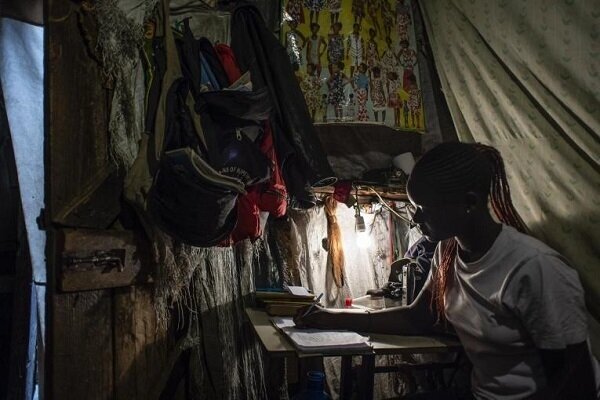



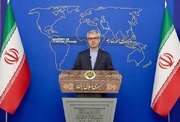





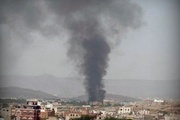
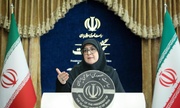

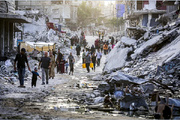











Your Comment